Maximizing Efficiency: Choosing the Best Deep Well Water Pump for Your Needs
In the quest for efficient water sourcing, selecting the right deep well water pump is critical for both residential and agricultural applications. According to a report from the Water Systems Council, nearly 13 million households in the United States rely on groundwater, emphasizing the importance of effective pumping solutions. Deep well water pumps harness the power of submersible and jet systems to draw water from depths exceeding 25 feet, ensuring a consistent supply for various uses. Industry surveys indicate that the efficiency of these pumps can significantly impact water delivery costs and energy consumption, with top-performing models reducing operational expenses by up to 30%. Therefore, understanding the unique requirements of your water system and considering factors such as flow rate, depth, and power source is essential in maximizing efficiency and sustainability when choosing a deep well water pump.
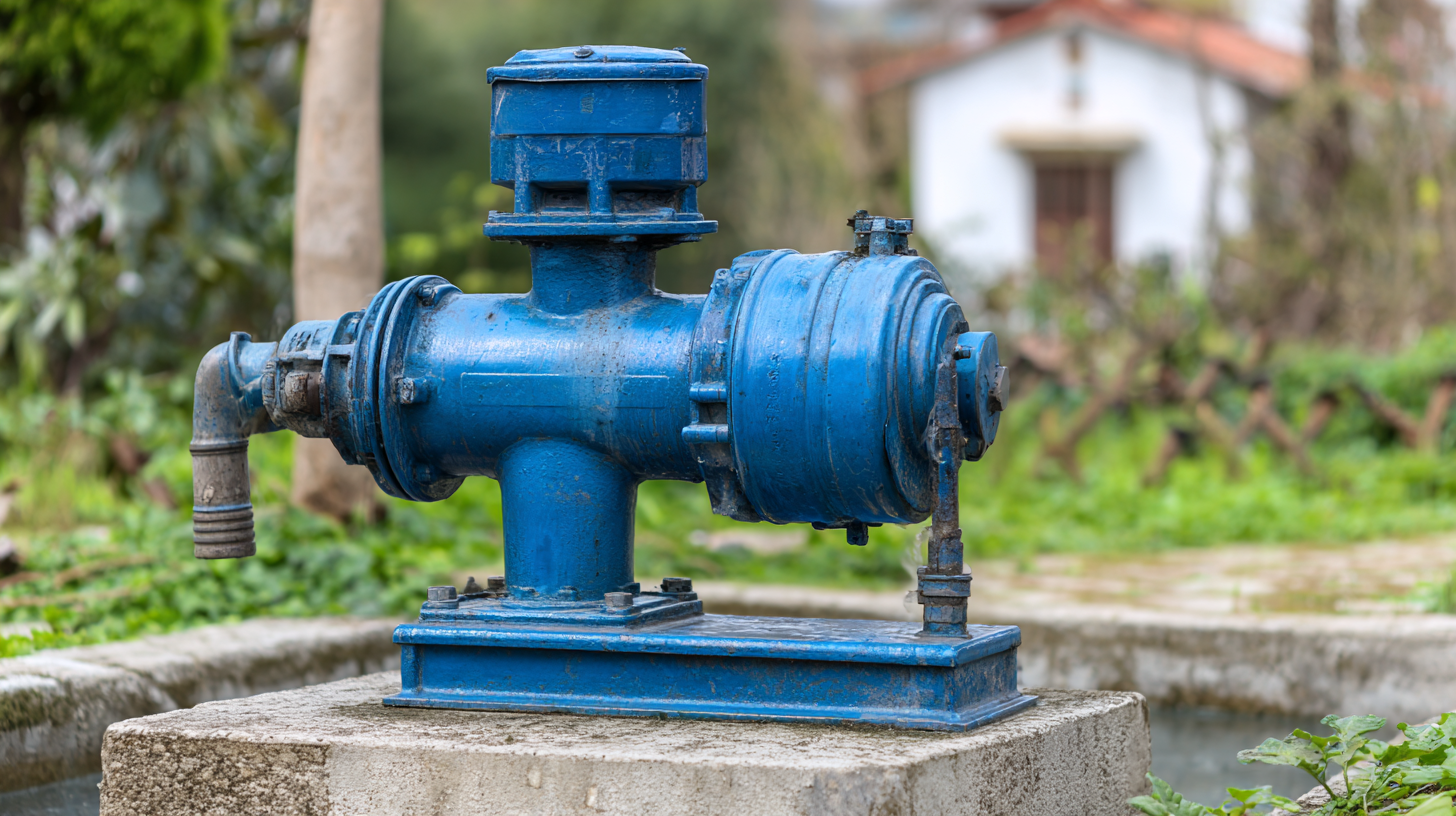
Understanding Deep Well Water Pumps: Types and Features to Consider
When selecting a deep well water pump, understanding the various types and features is crucial for maximizing efficiency.
There are primarily three types of deep well pumps: submersible, jet pumps, and centrifugal pumps.
Submersible pumps are ideal for depths over 25 feet, as they operate underwater, reducing the chance of cavitation and ensuring a consistent water supply.
According to the Water Systems Council, over 15 million households in the U.S. rely on groundwater, making the selection of the appropriate pump vital for water accessibility.
Additionally, features such as flow rate and horsepower should be carefully considered.
The flow rate, typically measured in gallons per minute (GPM), determines how quickly water is delivered; for residential use, a rate of 5–10 GPM is often sufficient.
The recommended horsepower varies between 0.5 to 5 HP, dictated by the well depth and desired flow rate.
A report from the National Ground Water Association indicates that properly sized pumps can improve energy efficiency by up to 25%, leading to significant cost savings in the long run.
Careful evaluation of these specifications will ensure that the pump you choose meets your needs effectively and efficiently.
Evaluating Pump Performance: Flow Rate, Power Consumption, and Efficiency Ratings
When selecting a deep well water pump, understanding key performance metrics is crucial for making an informed choice. The flow rate, which indicates how much water the pump can supply per minute, is a primary consideration. A pump that delivers a sufficient flow rate for your household or agricultural needs can significantly enhance efficiency. Remember to assess your specific water requirements to avoid choosing an over or under-capacity pump.
Another critical factor is power consumption. It’s not just about how well the pump performs; it’s also about how much energy it uses. Opting for a pump with lower power consumption can lead to significant cost savings over time. Efficiency ratings, often provided by manufacturers, indicate how effectively a pump converts electrical power into water flow. A pump with a high efficiency rating will give you more water for less energy, making it a wise investment.
**Tips:** Always check the energy cost of running different pump models, and consider energy-efficient designs. Additionally, ensure the flow rate aligns with the depth and yield of your well to maximize your pump's potential. It's beneficial to consult with professionals who can help match your requirements with the right pump specifications.

Key Factors in Selecting the Right Deep Well Water Pump for Your Specific Needs
When selecting the right deep well water pump, it is essential to consider several key factors to ensure optimal performance and efficiency. One of the foremost aspects is assessing the depth of the well, as this will determine the type of pump required. Submersible pumps are often suitable for deeper wells, while jet pumps can be effective for shallower depths. Additionally, understanding the water yield capacity of the well is critical; choosing a pump that matches or exceeds this capacity prevents potential damage and ensures a steady supply of water.
Another important consideration is the flow rate, measured in gallons per minute (GPM). It is crucial to select a pump that can deliver an adequate flow rate based on household or agricultural needs. Factors such as the number of water outlets and peak usage times should inform this choice. Furthermore, energy efficiency plays a significant role, especially as the household water pump market is set to grow significantly, with projections indicating a market value rising from $18.58 billion in 2024 to $26.92 billion by 2032. Investing in a high-efficiency pump not only reduces operational costs but also contributes to a more sustainable water management system.
Maintenance Tips for Maximizing the Lifespan of Your Deep Well Water Pump
When it comes to deep well water pumps, maintaining efficiency and longevity is crucial for optimal performance. Regular maintenance not only extends the lifespan of your pump but also ensures that it operates at peak efficiency. According to the U.S. Department of Agriculture, periodic inspection and maintenance can increase a pump's lifespan by up to 50%. This is especially important in areas where pumps are heavily relied upon for irrigation or household water supply.
**Tip 1:** Regularly check the pump's pressure gauge and water level to ensure it’s operating within the recommended parameters. This helps identify potential issues before they escalate.
**Tip 2:** Clean filters and screens regularly to prevent debris buildup. A study by the American Water Works Association indicates that routine cleaning can improve pump efficiency by up to 20%, leading to significant energy savings over time.
Additionally, it’s vital to keep a close eye on electrical connections and wiring. Faulty connections can lead to electrical failures, which is one of the leading causes of pump breakdowns. By investing time in these maintenance practices, you can significantly enhance the performance and longevity of your deep well water pump.
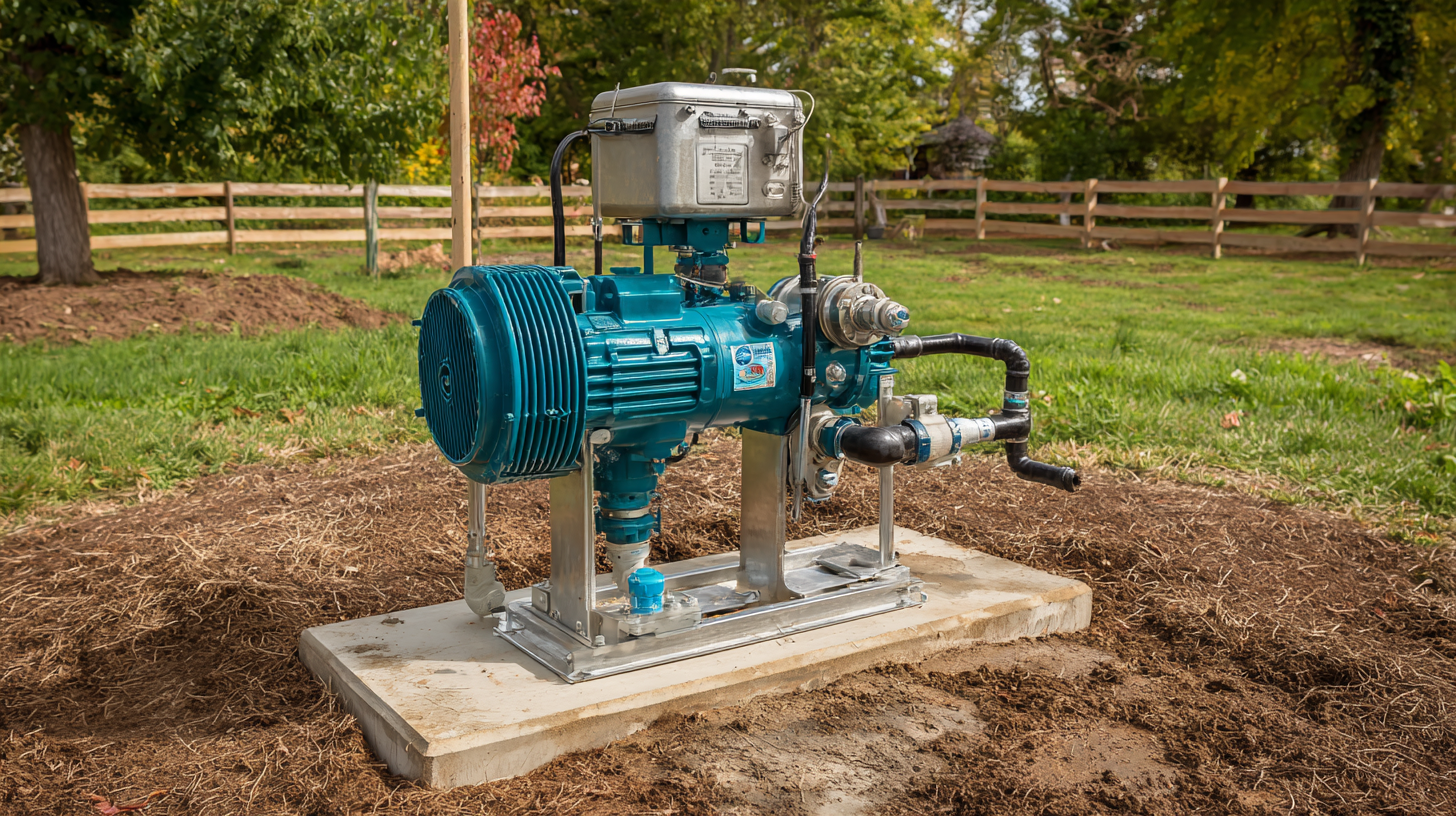
Cost-Effective Solutions: Budgeting for Your Deep Well Water Pump Purchase and Operation
When it comes to purchasing and operating a deep well water pump, budgeting efficiently can make a significant difference in your overall costs. According to a recent report from the National Ground Water Association, the average cost of a residential deep well water pump ranges from $900 to $2,500, depending on factors like depth and pump capacity. Additionally, considering installation expenses, which can add anywhere from $500 to $2,000, is vital for accurate budgeting.
**Tips:** Before making a purchase, assess your water needs carefully. Investing in a pump that matches your specific requirements can avoid overspending on unnecessary features. Furthermore, researching the long-term energy costs associated with different models can help you choose a more cost-effective option. Data from the U.S. Department of Energy suggests that energy-efficient pumps can reduce operational costs by nearly 30%.
Once you've selected the right model, ongoing maintenance plays a crucial role in managing operational expenses. Regular check-ups and prompt repairs can extend the lifespan of your pump and help you avoid expensive emergency replacements. Incorporating a proactive maintenance schedule not only preserves your investment but also ensures that your water supply remains dependable.
Related Posts
-
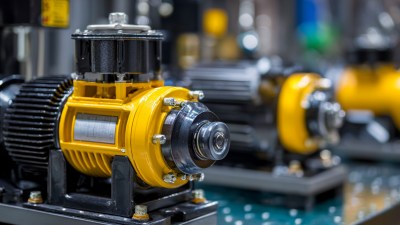
Unlocking Opportunities in Submersible Well Pump Market at the 2025 China Import and Export Fair
-

Top 5 Drainage Pumps for Efficient Water Removal: A Comprehensive Buyer’s Guide
-
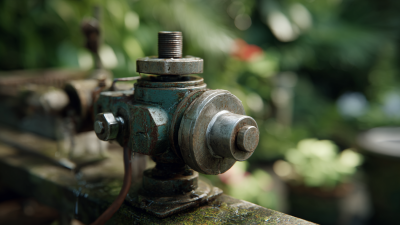
Understanding the Essential Role of Small Water Pumps in Everyday Life and Gardening
-
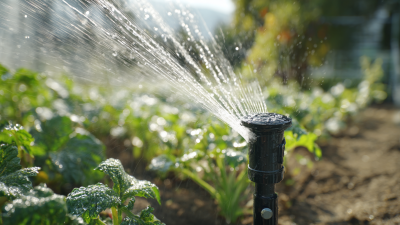
What are the Key Features of Modern Irrigation Pumps?
-
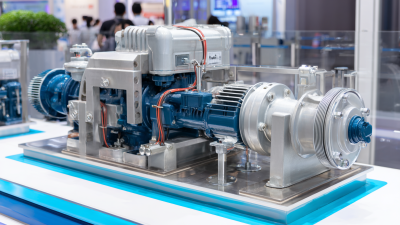
Exploring Water Pump Innovations for Home Use at the 2025 China Import and Export Fair
-
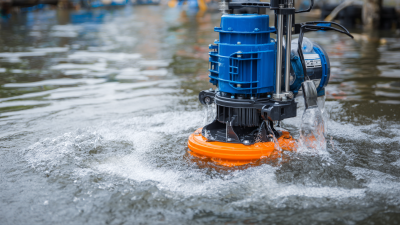
Exploring Market Trends for Submersible Dirty Water Pumps at the 138th China Import and Export Fair 2025
